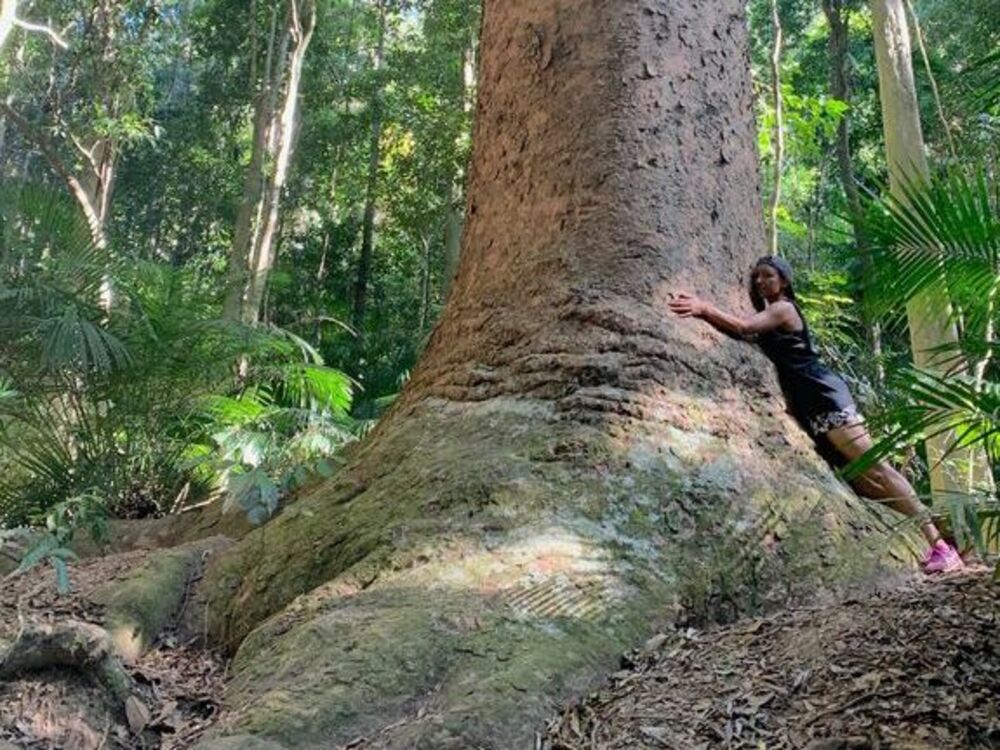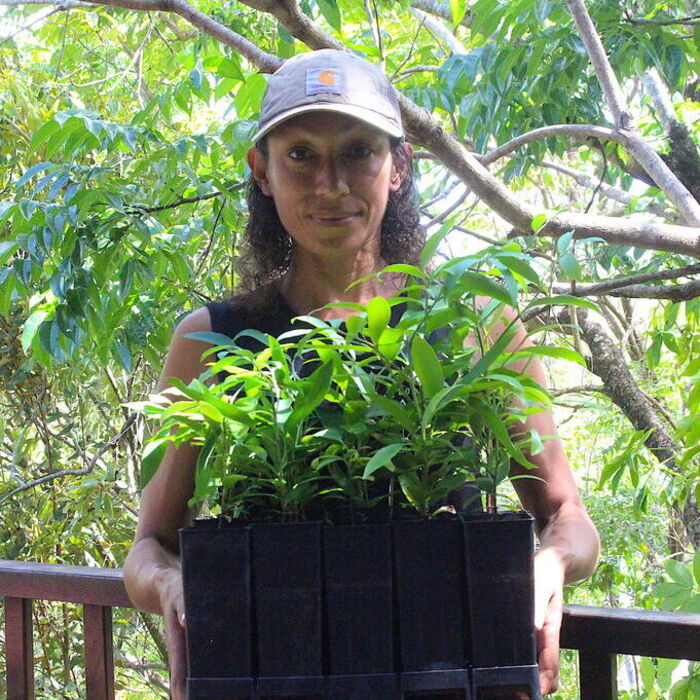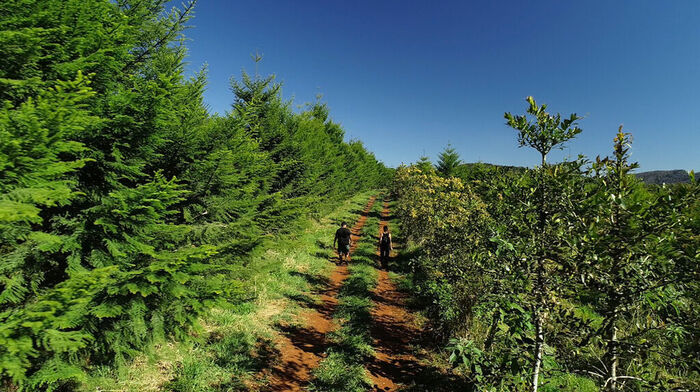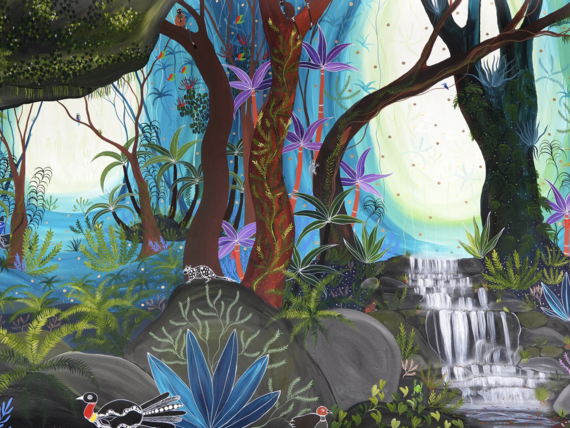Local conifer tree project collects carbon credits

A local land restoration project has become the first in a statewide scheme to earn carbon credits.
Native Conifers Carbon Sink (NCCS), in conjunction with Tablelands Regional Council, has planted over 7000 native conifer trees in Ravenshoe and Malanda.
The project is supported by the Queensland Government's Land Restoration Fund, which aims to see the state become a national leader in carbon-positive farming practices and land management.
The team behind the NCCS say their work increases biodiversity, protects the Great Barrier Reef from nutrient run-off, and makes the region more resilient to cyclones and climate change.
“We plant native conifers, because they grow more carbon per hectare than any other tropical tree species,” said NCCS Director Lou van Rikxoor.
“They grow for hundreds if not thousands of years, so we're planting for our children and their children’s children, and their children.
"They also grow and provide architecture for the rainforest to grow underneath.
“It’s a landscape-scale change, so they’re bringing the rainforest back.”
Due to its success, the NCCS has secured more support from the Tablelands Regional Council and the Land Restoration Fund to continue their work further.
“TRC is pleased to be an active partner in the emerging ACCU space,” said Mayor Rod Marti.
“Our nursery has taken up the challenge to supply the rainforest seedlings on a commercial basis.”
NCCS plans to plant another 3000 trees this summer, and a total of 35,000 over the next five years.
The Land Restoration Fund is a $500 million State Government scheme, with one-fifth of investment dediacted to carbon farming projects like NCCS.
Minister for Environment and the Great Barrier Reef Leeanne Enoch said these projects will provide regional and rural communities with employment opportunities, as well as help protect Queensland’s unique environment.
“The Land Restoration Fund is the first of its kind and is supporting Queensland to capitalise on our incredible biodiversity,” Ms Enoch said.
“Up to $93 million will be invested in the first round in carbon farming projects delivering critical environmental, social and economic benefits, and employment across the state."

What is a carbon credit?
A single carbon credit represents one tonne of carbon dioxide either contained or removed from the atmosphere by registered businesses.
Australian carbon credits can be sold within Australia to businesses wanting to compensate for their environmental impact.
It’s essentially a way for farmers or environmental agencies to create an income by selling their positive environmental impacts to businesses wishing to outsource their ecofriendly initiatives.
The price of a single carbon credit varies, having reached a four year high of $17.50 in late 2019.
That figure will likely grow as Governments introduce tighter emissions regulations, creating increased demand from businesses.
TNQ is the best place to remove carbon from the atmosphere by planting trees
Through photosynthesis plants absorb carbon dioxide as fuel, which removes the gas from the air and stores it – a process also known as sequestration – in their new growth.
This carbon can be released when trees die and rot or burn in bushfires, making Tropical North Queensland is the perfect place to plant carbon-storing trees.
The small likelihood of bushfires and the ability to grow trees with long lifespans means carbon can be stored in foliage for hundreds of years.
Planting trees also protects the Reef from nutrient run-off and shelters ecosystems from extreme weather events.
Carbon farming may be a future growth sector for TNQ
Carbon farming is an approach that captures carbon in vegetation and soil, therefore removing more carbon from the atmosphere than it releases.

Soil is the key element of carbon farming, as untouched soil can be made up of as much as 40% carbon.
In traditional farming styles, carbon is drawn from the soil by the crops grown in it, then removed from the ground with the harvest. That carbon eventually becomes loose in the atmosphere.
The removal of carbon from soil can be minimised by farming crops that aren’t removed from the earth when harvested, like strawberries, potatoes and tree fruits.
Another benefit is the fact that the more carbon trapped in soil, the higher the natural yield of a crop will be as water is able to be retained in the earth more effectively.








